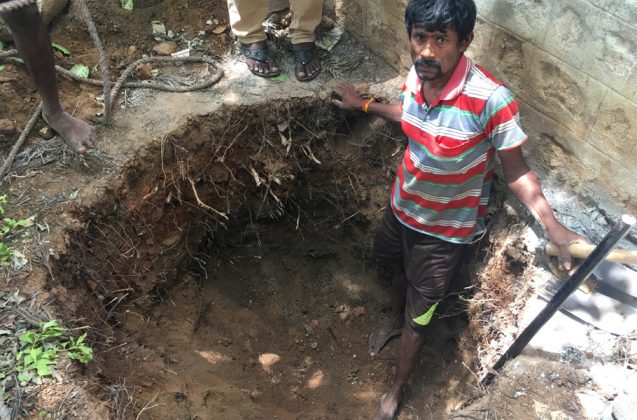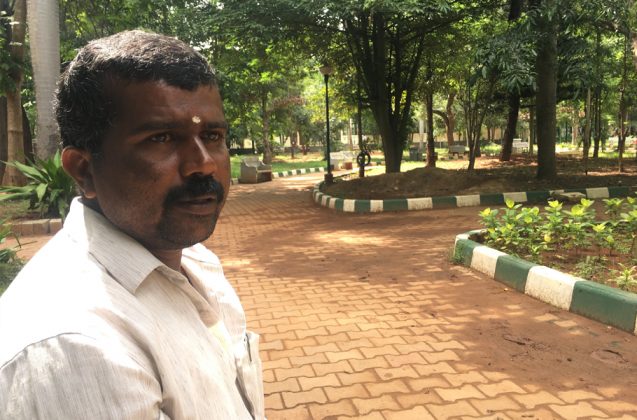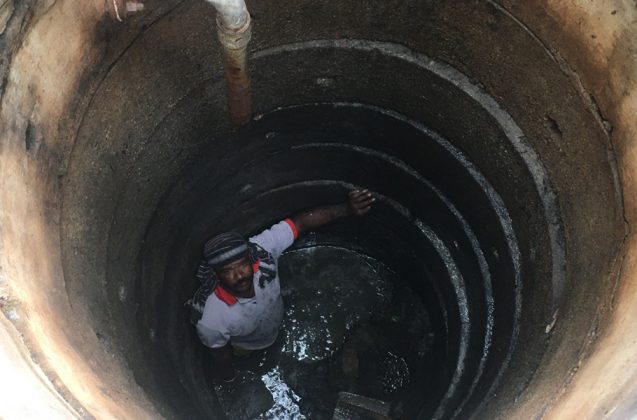
- Home
- India
- World
- Premium
- THE FEDERAL SPECIAL
- Analysis
- States
- Perspective
- Videos
- Sports
- Education
- Entertainment
- Elections
- Features
- Health
- Business
- Series
- In memoriam: Sheikh Mujibur Rahman
- Bishnoi's Men
- NEET TANGLE
- Economy Series
- Earth Day
- Kashmir’s Frozen Turbulence
- India@75
- The legend of Ramjanmabhoomi
- Liberalisation@30
- How to tame a dragon
- Celebrating biodiversity
- Farm Matters
- 50 days of solitude
- Bringing Migrants Home
- Budget 2020
- Jharkhand Votes
- The Federal Investigates
- The Federal Impact
- Vanishing Sand
- Gandhi @ 150
- Andhra Today
- Field report
- Operation Gulmarg
- Pandemic @1 Mn in India
- The Federal Year-End
- The Zero Year
- Science
- Brand studio
- Newsletter
- Elections 2024
- Events
- Home
- IndiaIndia
- World
- Analysis
- StatesStates
- PerspectivePerspective
- VideosVideos
- Sports
- Education
- Entertainment
- ElectionsElections
- Features
- Health
- BusinessBusiness
- Premium
- Loading...
Premium - Events
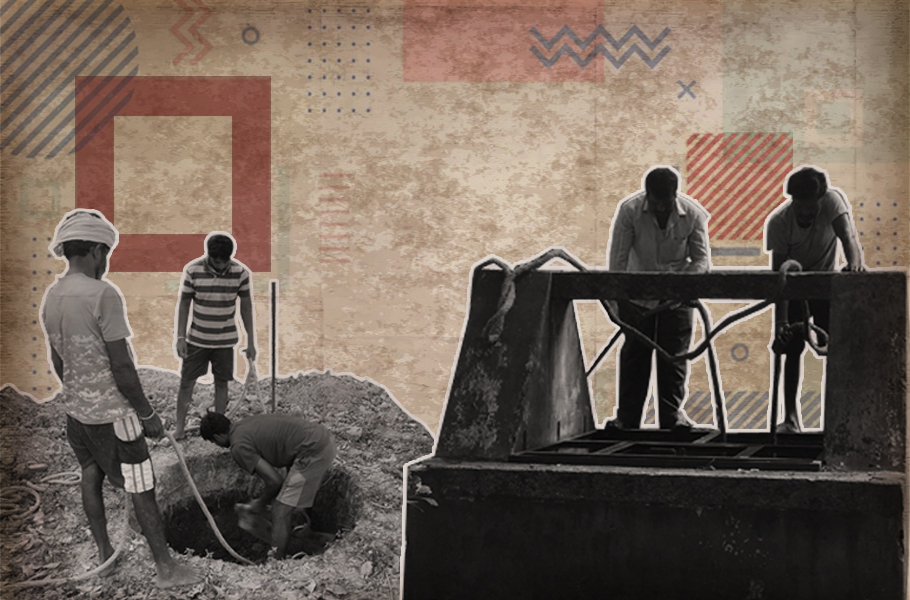
How Karnataka’s Bhovi diggers are making sure all is well
Many urbanites think open wells exist only in villages now. They don’t know that it can be done in their backyard in cities like Bengaluru.

Sriram R, an indigenous well-digger belonging to the Bhovi-Mannu Vaddar (scheduled caste) community, descends to the bottom of an open well, about 10-12-feet deep, in a public park in Bengaluru to desilt, clean and revive it. The well, which had remained shut for several years, is covered with a green layer of aquatic fern. A few minutes later, as he cleans further deep, he encounters water...
Sriram R, an indigenous well-digger belonging to the Bhovi-Mannu Vaddar (scheduled caste) community, descends to the bottom of an open well, about 10-12-feet deep, in a public park in Bengaluru to desilt, clean and revive it.
The well, which had remained shut for several years, is covered with a green layer of aquatic fern. A few minutes later, as he cleans further deep, he encounters water mixed with sludge and waste thrown into the well over the years.
Sriram and two others clear the sludge, remove the debris, treat the water to remove iron bacteria, using lime potassium permanganate and ensure the water that would be drawn a week later is usable, especially for cleaning the park.
Sriram is guided by a relative, Ramakrishnappa KR, 41, a third-generation well-digger who has dug close to 5,000 open and recharge wells in Bengaluru and surrounding areas.
Sriram and Ramakrishanappa are a rare few of their kind in today’s age. Back in the 1980s, piped water supply from Cauvery river and the emergence of borewells slowly killed the demand for open wells.
Many well-diggers like Ramakrishnappa were rendered jobless or under-employed in the subsequent decades as borewells started sprouting in new houses and apartment complexes. Left with little means, these traditional well-diggers shifted to construction work and digging pits for toilets.
The 2000s were a turbulent period for Ramakrishanappa and his fellow workers. He says they barely managed to earn ₹500 a week. In the quest to earn more, they sometimes went to a certain extreme.
“In certain places where we dug wells, the sand used to be of golden colour. We then used to filter it and see if we’d strike any gold or other valuable minerals,” Ramakrishnappa says.
Water scarcity
In 2007, seven adjoining city municipal corporations, one town municipal corporation, and about 110 villages were merged with the Bengaluru metropolitan area to make space for the rising influx of people. While the core areas of Bengaluru still enjoy Cauvery water supply, the new places, particularly in and around the IT corridors, are largely dependent on tanker water. The groundwater recharge is abysmally poor.
As per retired IAS officer V Balasubramanian, former chief secretary to the late chief minister Ramakrishna Hegde in the 1980s, the city has about 4 lakh borewells and draws water 3.7 times the recharge capacity from rainwater.
It was only in 2011, when the Karnataka government came up with the Groundwater Management Act and made rainwater harvesting mandatory for new buildings of a certain size, that the demand for well-diggers revived.
Today, Ramakrishnappa is well-settled and commands enough work. With a smartphone in hand, he manages to document the findings so that he can share them with people who are curious about the subject.
“A family of four might not need more than 2,000 litres of water. Instead of digging 800-1,000 feet or deeper borewells, one can dig a 40-foot open well and get enough water,” he says.
“Many urbanites think open wells exist only in villages now. They don’t know that it can be done in their backyard.”
While the law says that open wells or recharge wells should be 3-metre deep (minimum) with a minimum diameter of 0.9 metres, Ramakrishnappa says people can dig deeper almost by double, and they will not only recharge and harvest the rainwater but will also get groundwater sufficient enough for a small family.
Ramakrishna is a well digger. He sends me this video of the soils he encountered in a single well being dug by his team. #Bengaluru. His inquiry is now soil and water as a whole. Such agency is wonderful to watch. #groundwater pic.twitter.com/vTT2IMwZJi
— zenrainman (@zenrainman) June 17, 2021
A million wells in Bengaluru
Vishwanath Srikantaiah of Biome Environmental Solutions, a Bengaluru-based design firm focused on ecology, architecture and water, has enough faith in the knowledge of people like Ramakrishnappa. Srikantaiah, who is more famous as ‘Zenrainman’, has been closely working with these well-diggers for long enough to know and believe that “70% of the time they are right in identifying the source and depth of water in a particular area”.
With the help of the Mannu Vaddars, he and his team started the ‘Million Wells for Bengaluru’ campaign in July 2015 with an objective to increase the groundwater table in the city. By now, they have achieved about 1.6 lakh recharge wells, he says.
According to Srikantaiah, a million wells in Bengaluru would mean creating an equivalent of Cauvery water supply for the city. As per his observations, Bengaluru receives about 3,000 million litres of water per year from rainfall and if a million wells are dug, half of the water can be collected in aquifers that would help recharge the groundwater. “That’s equivalent to 1,500 million litres per day. What we get from Cauvery is 1,450 million litres.”
In another five years, the team should be able to achieve one million wells in Bengaluru, he says. “A million recharge wells would mean every alternative property in Bengaluru will have a well. If we are able to do that, then we can universalise it.”
Revival of livelihood
While such initiatives are trying to recharge the groundwater table, they are also helping revive lost livelihood. In and around Bengaluru, an estimated 750 families, mostly belonging to the Bhovi community, are dependent on digging wells.
While machines can speed up and enhance their work, many fear it could take away their jobs. Hence, they mostly depend on the old style of digging wells using manual labour.
For digging a 20-foot open well with about 24 cement rings, Ramakrishnappa says it would take four labourers around two days to complete the job for a cost of around ₹60,000. Today, Ramakrishnappa says, he can manage to earn ₹25,000-30,000 a month.
Ramakrishnappa is proud of the fact that “not a single accident has been reported” so far.
He says he has encountered at least 10 different varieties of sand and knows the danger and quality of each one of them. “We know the kind of soil and the risk factors involved. We know when the mud would slide. So we plan our work accordingly and place the cement rings.”
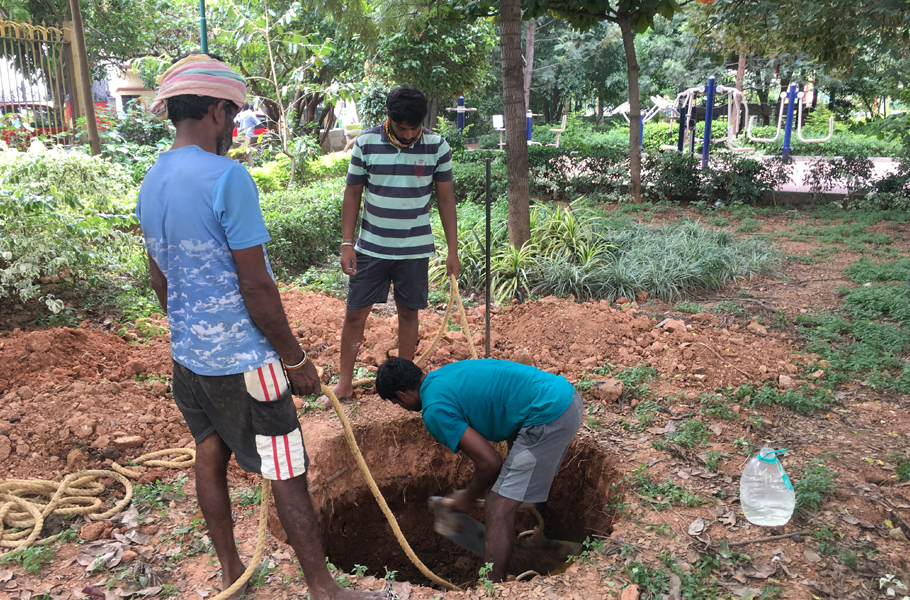
Srikantaiah, however, says while the use of technology could disrupt their job opportunities, it can be of help in certain cases wherein they can identify the sonar of the water, or identify the presence of carbon dioxide so that they don’t suffocate when deep into the wells.
Another well-digger, Peddhanna C, who claims to have dug about 6,000 wells in the past two decades, says it’s the traditional knowledge that helps us sustain even today. “We know in which area at what depth one can get water. We don’t depend on vastu shastras but go with the traditional knowledge based on the environment and topography in the surrounding,” he says.
Peddhanna depends on one more thing these days—his smartphone to command more work and explain about wells and the recharge process to the urban crowd who are curious but unaware about many aspects of open wells.
Before digging a well, they scout around the area to find open wells and analyse the water content, the depth and find out if the property is in low lying or at a higher altitude. Then they look at the rock formation and soil types and also for termite mounds in the vicinity, which gives them an indication of an occurrence of groundwater at shallow depth.
But there are still plenty of roadblocks for these well-diggers.
Srikantaiah says while people like Peddhanna and Ramakrishna today are well-off, not many have marketed themselves and found jobs like them. They are competing with their own community members.
“Our concern is to make sure those who cannot do this get a steady livelihood. We are still struggling to find answers to that,” Srikantaiah says.
Considering that the informal sector is always neglected, his team is documenting the available schemes for citizens and trying to help them with information. They have also updated the database of well-diggers on a portal and keep changing the order of listing so that all the well-diggers get the benefit of work on a rotation.
While Srikantaiah and his team are documenting the well-diggers’ work, their knowledge, acquired through generations, and various success stories, they prefer not to put out everything online. “If we put resources online, we open up space for competition. And that drives down the price of well-diggers,” he says.
“If we say in a certain area the shallow aquifer is good and water is available in abundance, big builders may buy that land. It will kill the market for these well-diggers who are already facing unemployment and underemployment.”
This is why Ramakrishnappa feels a little help from the government can go a long way in making their lives better. He would like the government to offer healthcare facilities to well-diggers. During the second wave of Covid-19 this year, a family member fell sick and it burnt a huge hole in their pockets to the tune of ₹5 lakh. “We can’t imagine the money earned over three years vanished in a puff,” he says.
But despite all such hurdles, most of these well-diggers still want the next generation to carry forward their legacy.
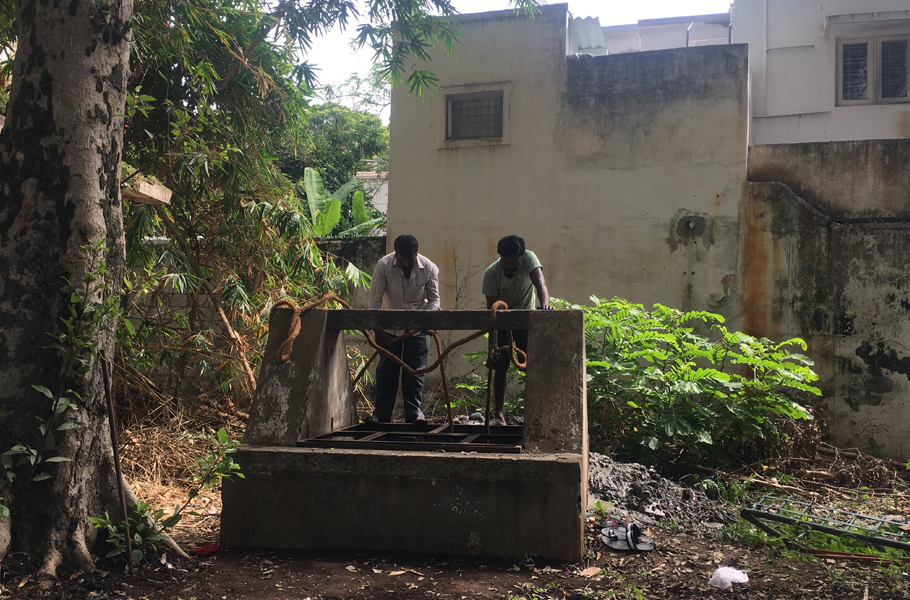
A legacy to leave behind
Unlike many families in different professions who wish their children to not engage in the same work and struggle, Ramakrishnappa wants his children to carry forward his legacy as he sees potential in this profession. Although he faced a lot of discrimination for being a Scheduled Caste, he says they’ve overcome all those struggles and no such glaring discriminations happen now.
He says they in fact encounter unique incidents while digging wells. “A decade back, we dug a well and by evening the water started to gush. We couldn’t stop the work midway and it went past midnight. The owner of the house cooked us ragi balls and served tea in the middle of the night,” he laughs. It is this and many such small instances that keep Ramakrishnappa going.
“It’s a noble profession. If not now, after 20 years, people will remember me and other well-diggers and feel thankful for the water they drink at home.”

